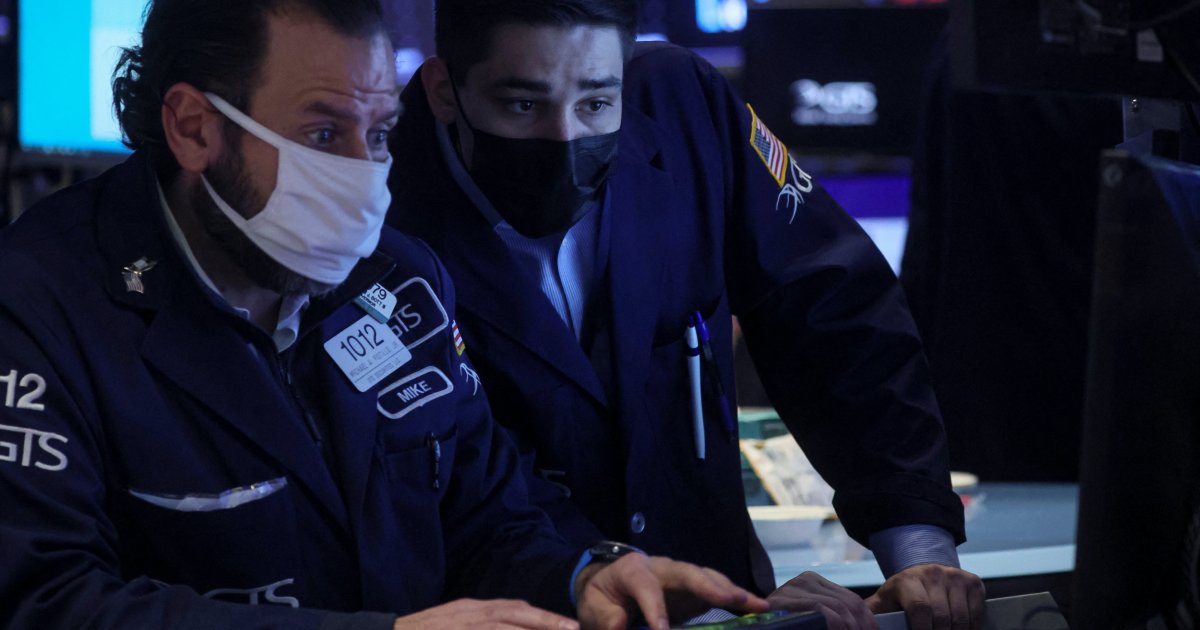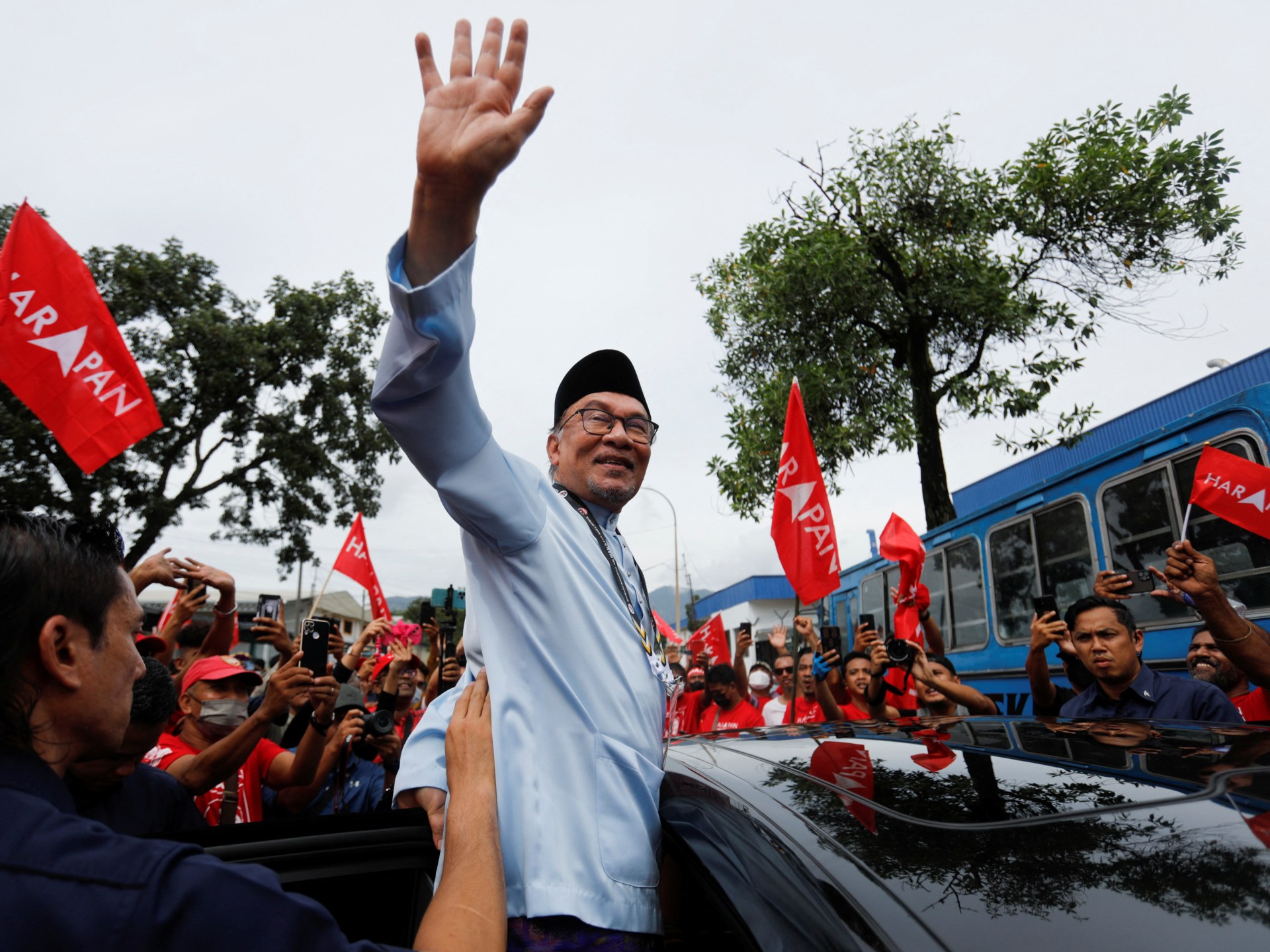A simple guide to the UAE-Houthi escalation: Four things to know | Houthis News
Yemen’s Iran-aligned Houthi rebels have in recent weeks launched several drone and missile attacks on the United Arab Emirates – a member of a Saudi-led coalition fighting the armed group in Yemen.
In response, the coalition – fighting to restore Yemen’s internationally recognised government – has stepped up attacks in Saada province, northern Yemen and the Houthi-controlled capital, Sanaa.
Here are four things you should know about the escalation in violence and what could come next.
Who are Yemen’s Houthi rebels?
The Houthis – known as Ansar Allah – champion Yemen’s Zaidi Shia Muslim minority and are believed to be supported by Iran.
The armed group came to prominence after seizing control of Saada province in early 2014. They later moved southwards to seize Sanaa, forcing Yemen’s President Abd-Rabbu Mansour Hadi to flee into exile.
In March 2015, a Saudi-led coalition – backed logistically by the United States – intervened militarily in a bid to fight the Houthis, restore Hadi’s government, and reverse what they say is growing Iranian influence in the region.
The fighting has since killed hundreds of thousands of Yemenis, and triggered what the United Nations says is the world’s worst humanitarian crisis.
The Houthis have over the years launched multiple missile and drone attacks on neighbouring Saudi Arabia.
But until this month, the last Houthi-claimed attack on the UAE had been back in 2018.
What role has the UAE played in Yemen’s war?
The 2018 Houthi attacks came as UAE-backed forces were fighting the Houthis for control of the Red Sea port city of Hodeidah.
The UAE has significantly reduced its military presence in Yemen since 2019, but it still projects power via large local forces that it has built and armed.
The UAE backs the Yemeni Joint Forces, led by a nephew of former Yemeni President Ali Abdullah Saleh, and the secessionist Southern Transitional Council (STC).
The STC has directly clashed with the Yemeni government supported by the coalition and, with UAE military support, took control of Yemen’s temporary capital Aden in 2019.
UAE-backed forces largely avoided engaging the Houthis in battle since 2018, but that has changed over the last few weeks.
In late December, the UAE-backed Giants Brigades – a pro-government militia largely comprised of southern Yemenis – forced the Houthis out of Shabwah governorate. Alongside the Joint Forces, the Giants Brigades are now pushing into Houthi territory in neighbouring al-Bayda and north towards Marib, a strategically important city that the Houthis have been fighting to capture for months.
Analysts say the Giants Brigades and Emirati military support has turned the tables in the battle in Marib and Shabwah, causing the Houthis to strike against the UAE.
What has happened during the UAE-Houthi escalation?
On January 2, the Houthis said they seized a UAE-flagged vessel in the Red Sea, claiming it carried “military supplies”.
On January 17, a drone attack on Abu Dhabi claimed by the Houthis triggered a fuel tank blast that killed three people. The Houthis also targeted an under-construction extension of Abu Dhabi International Airport, causing a fire.
The Saudi-led coalition retaliated with intensified air strikes on what it said were military targets linked to the Houthis.
But the air raids and missile attacks reportedly hit hospitals, telecommunication infrastructure, airports, a water facility and a school, and at least 80 people were killed on January 21 when a temporary detention centre in the northern province of Saada was bombed on January 21, and about 20 were killed in Sanaa in an attack later that week.
On January 24, the UAE said it had intercepted and destroyed two ballistic missiles fired at Abu Dhabi by the Houthis.
Most recently, the UAE announced on Monday that it intercepted and destroyed a ballistic missile fired at Abu Dhabi from Yemen. The Houthis confirmed it had fired a number of ballistic missiles at Abu Dhabi, and had also launched drone attacks on Dubai.
What’s next?
The violence is set to escalate further, with the Houthis saying on Monday that the headquarters of international companies in the UAE will be targeted in the coming period.
The escalation has raised concerns of a worsening humanitarian crisis in Yemen, where the World Food Programme has warned that more than five million people are on the brink of famine, and 50,000 others are living in famine-like conditions.
Some four million people have been internally displaced during the fighting over the years.
James Farwell, a senior fellow at the Middle East Institute, said Yemen’s conflict has reached a stalemate because neither side has been able to prevail militarily.
“The situation is becoming more dangerous because the nature of weapons being used in the attacks is becoming more deadly,” he said.
“The Houthis are trying to bring pressure to the Saudi-UAE coalition to bring things to a favourable close,” Farwell said. “The only way this [conflict] is going to be resolved is if the Saudi, the Emirates and Houthis sit directly together and work things out.”




